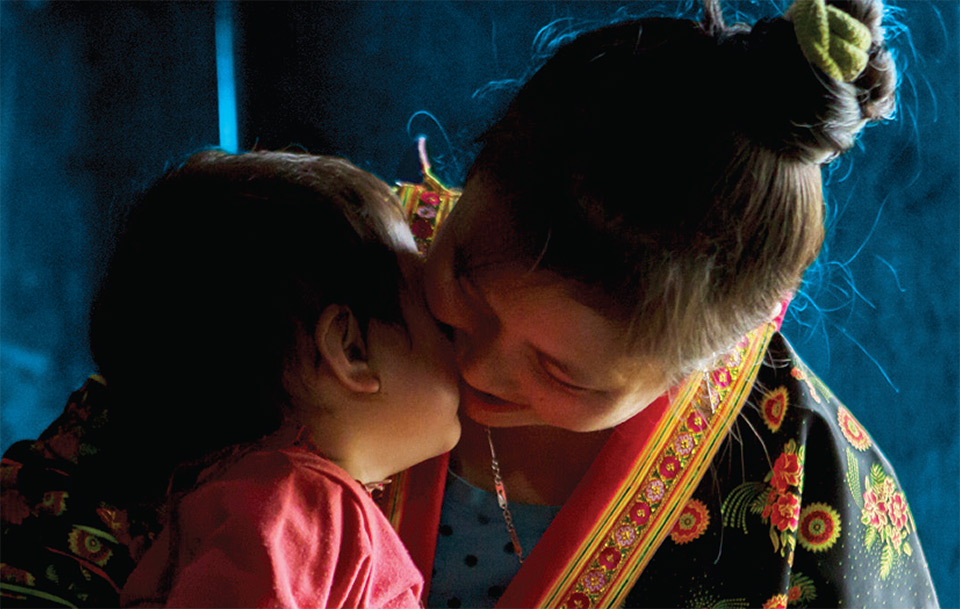
Ending Violence against Women and Children in East Asia and Pacific

While the fields working to end VAC and VAW have largely developed separately, recent reviews and analyses of large datasets have identified multiple intersections between VAC and VAW including: co-occurrence, shared risk factors, similar underlying social norms, common consequences, intergenerational effects, and the period of adolescence as unique period of heightened vulnerabilities to both types of violence. These intersections suggest that collaboration between the sectors is essential to a more effective prevention and response. Integration of certain aspects VAC and VAW prevention and response across services, programmes, and policies may also be advantageous. However, there are key areas of divergence between the traditional approaches in the VAC and VAW fields that have created challenges to collaboration and may suggest some disadvantages to fully integrative approaches. To date there are no evidence-based or widely accepted integrative models.
This multi country study, commissioned by UN Women, UNICEF and UNFPA, explored existing examples of collaboration and integration of VAC and VAW policies, services, and programmes, as well as challenges and future opportunities in the East Asia and Pacific region, with a focus on four countries – Cambodia, Papua New Guinea, the Philippines, and Viet Nam.